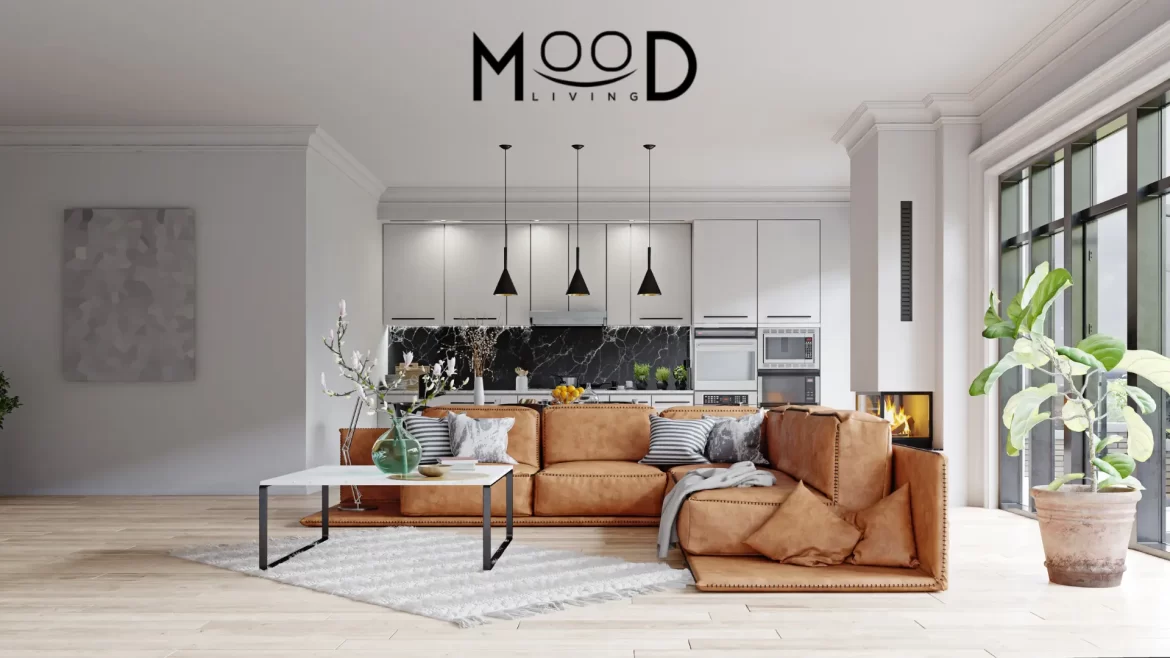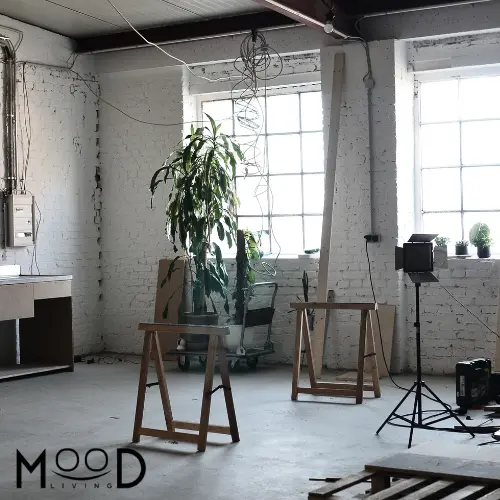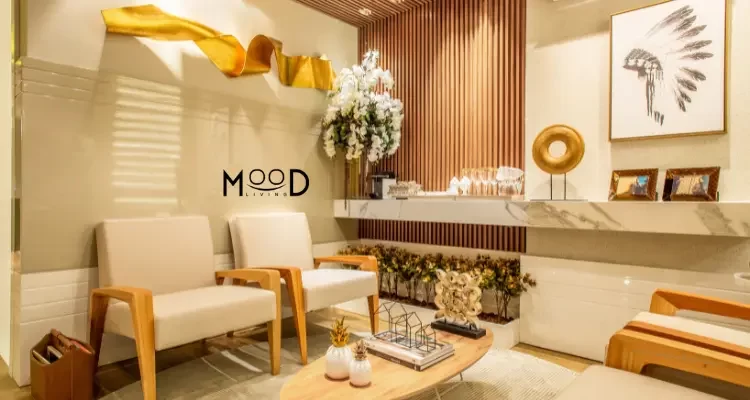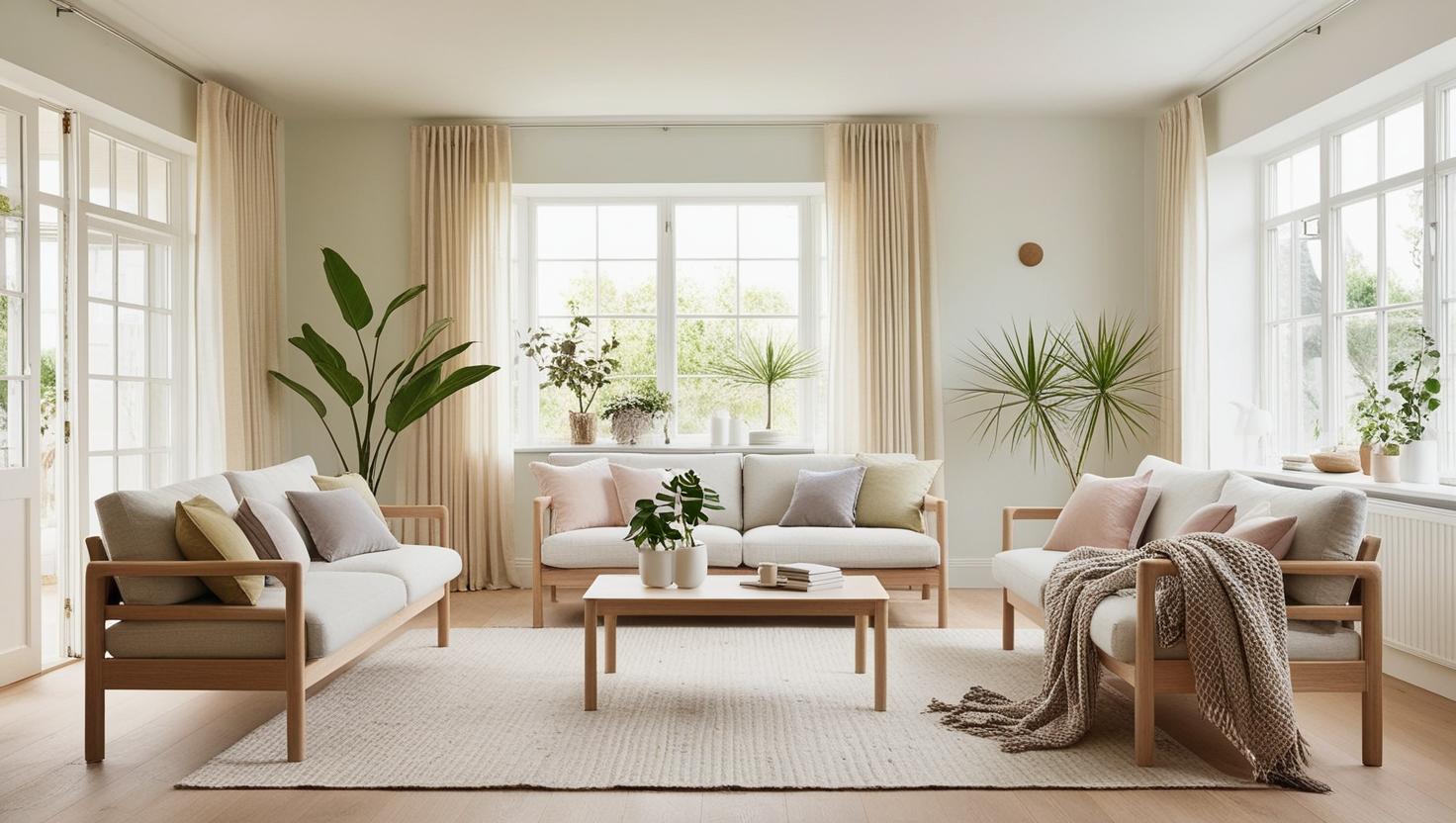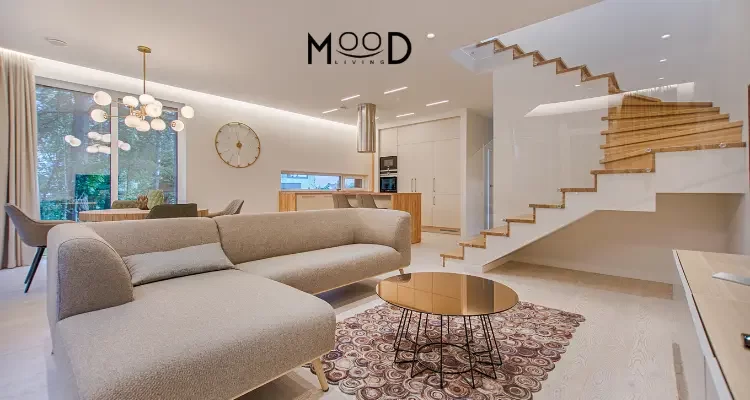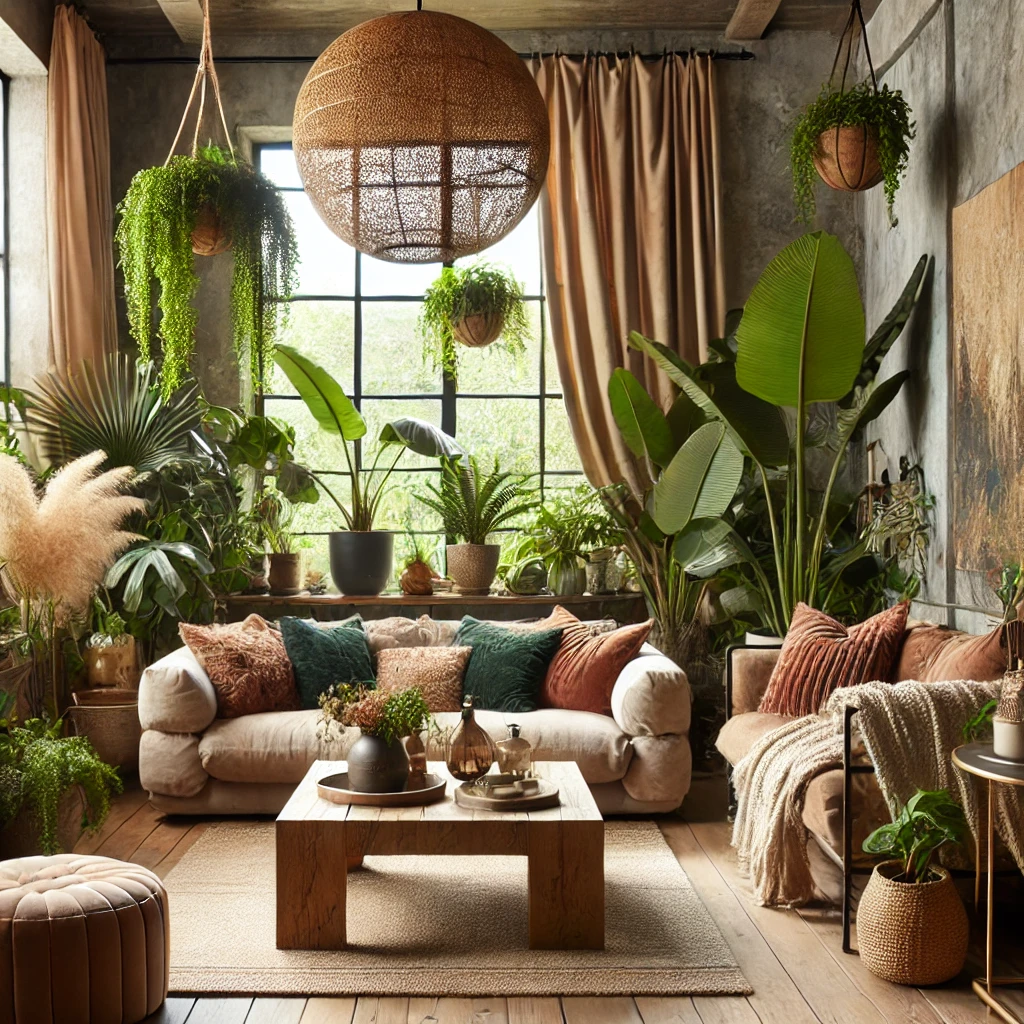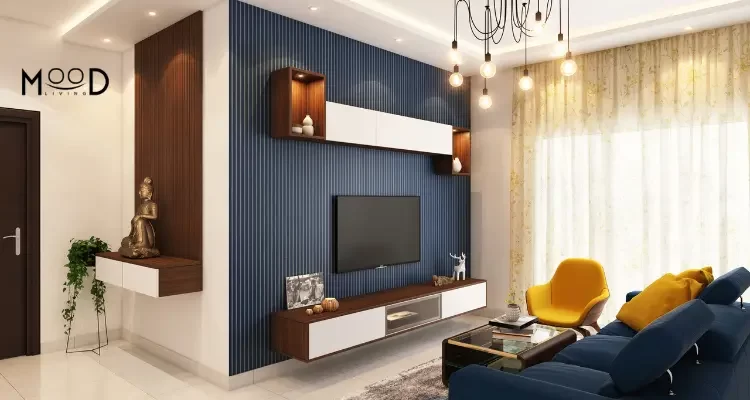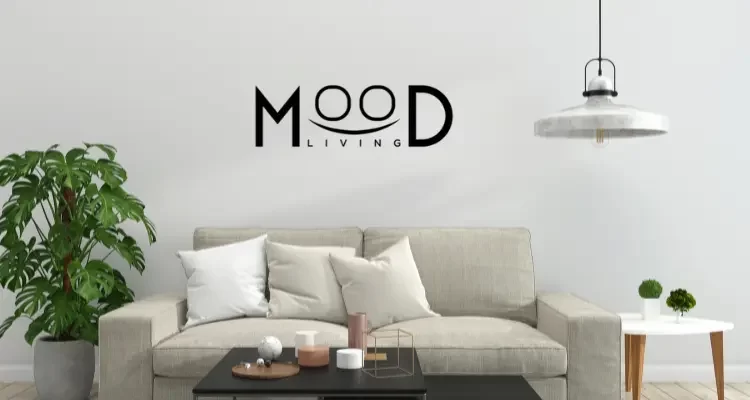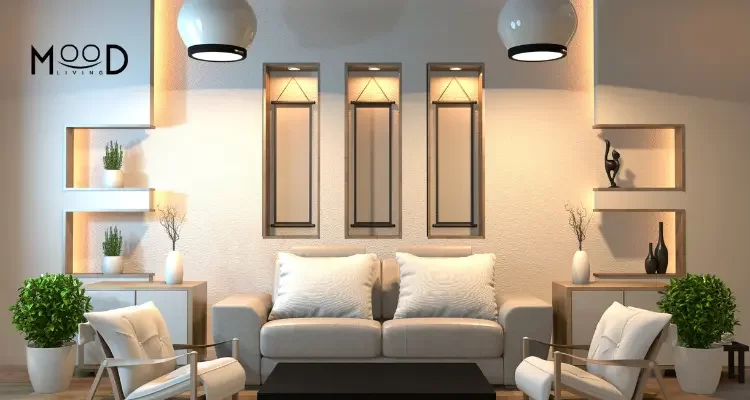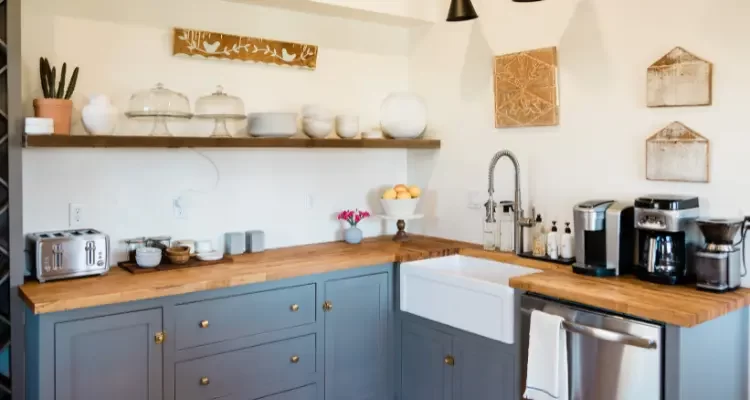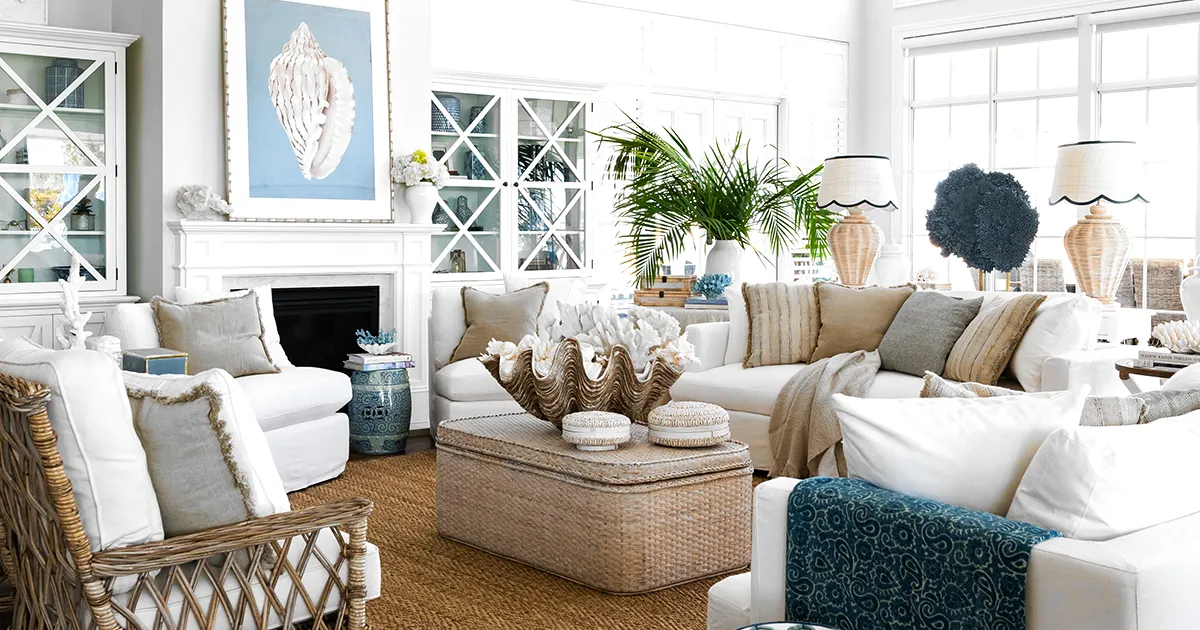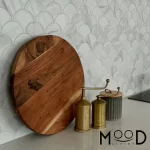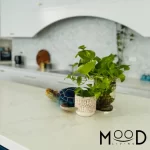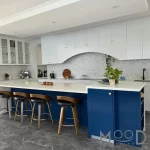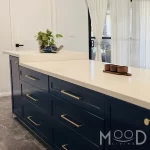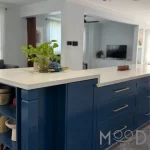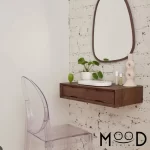How to Choose the Right Interior Designer in Sydney
How to Choose the Right Interior Designer in Sydney: A Complete Guide
When it comes to transforming your living or working space, hiring the right interior designer can make all the difference. Whether you are planning a complete renovation, a new build, or simply looking to refresh a single room, a skilled interior designer can bring your vision to life with creativity, expertise, and precision. However, with so many professionals to choose from in Sydney, selecting the right one can be daunting. This comprehensive guide will walk you through the essential steps to find the perfect interior designer for your project.
Why Hiring an Interior Designer in Sydney is Worth It
Sydney is known for its vibrant, cosmopolitan culture and diverse architectural styles, ranging from heritage homes to sleek, modern apartments.
A professional interior designer can help you navigate the vast array of design choices, materials, and trends to create a space that is not only functional but also reflects your unique style.
Here are a few reasons why hiring an interior designer is a smart investment:
- Expertise: Designers have the technical knowledge and skills to manage everything from color schemes to structural design.
- Project Management: They handle the logistics, including liaising with contractors, suppliers, and architects.
- Access to Resources: Designers often have access to exclusive products, materials, and trade discounts that aren’t available to the public.
- Cost-Efficiency: They help avoid costly mistakes, ensuring that your investment adds value to your property.
- Personalized Solutions: An interior designer tailors their work to your specific needs, lifestyle, and budget.
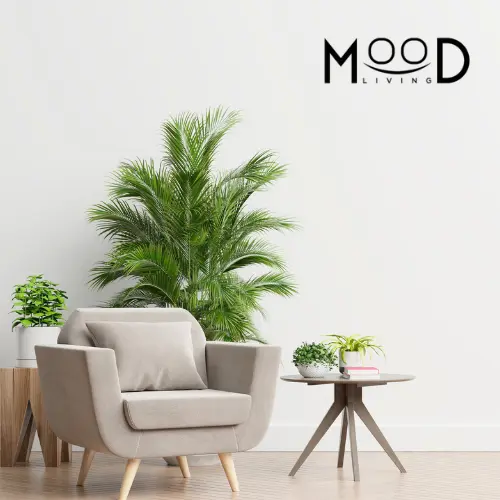
Step 1: Define Your Design Goals
Before you start searching for an interior designer in Sydney, it’s important to have a clear idea of what you want to achieve. Ask yourself the following questions:
- What type of space are you designing? (Residential, commercial, or hospitality)
- Do you have a specific style in mind? (Modern, contemporary, classic, eco-friendly)
- What is your budget range for the project?
- What is your timeline for completion?
These questions will help narrow down your options and ensure that you find a designer who specializes in the type of project you’re planning. For example, if you want an eco-friendly, sustainable design, you will want to work with a designer experienced in that area.
Step 2: Research and Gather Recommendations
Once you have a clear idea of your design goals, start researching local interior designers in Sydney. There are several ways to find reputable designers:
- Online Search: Use search engines and social media platforms like Instagram, Pinterest, and Houzz to find local designers who showcase their portfolios online. Use keywords like “top interior designers in Sydney,” “best Sydney interior decorators,” or “Sydney interior design firms.”
- Recommendations: Ask friends, family, or colleagues for recommendations, especially if they’ve worked with designers before.
- Industry Associations: Look for designers who are members of professional associations such as the Design Institute of Australia (DIA) or the Australian Interior Design Awards (AIDA).
- Reviews and Testimonials: Read online reviews and testimonials from previous clients to get an idea of the designer’s work ethic, reliability, and design style.
Step 3: Review Portfolios
A designer’s portfolio is a visual representation of their work and style. When reviewing portfolios, pay attention to the following:
- Versatility: Look for a designer who can work in various styles and with different types of spaces.
- Creativity: Does their portfolio demonstrate innovative and unique solutions?
- Attention to Detail: Look at how well the designer handles the little details, such as lighting, furniture placement, and decorative accents.
- Consistency: Do they have a consistent level of quality throughout their work?
While reviewing, keep in mind your own design preferences and whether their style aligns with your vision. It’s important to choose a designer whose work resonates with you.
Step 4: Schedule Consultations
After narrowing down your list of potential interior designers, schedule consultations with at least three to five candidates. This meeting is crucial as it allows you to discuss your project, ask questions, and assess whether they are a good fit for you. Here are some questions to ask during the consultation:
- Experience: How long have they been working in interior design, and what kind of projects do they typically handle?
- Process: What is their design process? How do they approach project planning, sourcing materials, and working with contractors?
- Timeline: How long do they anticipate the project will take to complete?
- Budget: Can they work within your budget? What strategies do they use to maximize value without compromising on quality?
- Design Style: Can they adapt to your design preferences or style, even if it differs from their usual projects?
- Portfolio: Can they share specific examples of projects that are similar to yours?
During the consultation, you should also assess the rapport you have with the designer. A good working relationship is key to a successful project. You want to hire someone who listens to your ideas, communicates clearly, and shares your enthusiasm for the project.
Step 5: Evaluate Proposals
After the consultations, you should receive proposals from the designers. The proposal typically includes a project plan, estimated timeline, budget breakdown, and design fees. When evaluating these proposals, consider the following:
- Scope of Work: Does the proposal clearly outline the scope of work and services provided?
- Transparency: Are the costs and fees transparent? Look for any hidden charges or vague descriptions of services.
- Timeline: Is the proposed timeline realistic and in line with your expectations?
- Cost: Compare the prices, but don’t automatically choose the lowest bid. Focus on the overall value you’re getting from the designer.
It’s essential to hire a designer who is upfront about their fees and works within your budget. Keep in mind that the cheapest option may not always be the best, and it’s worth investing in a designer who can deliver quality results.
Step 6: Understand Design Fees and Contracts
Interior designers typically charge for their services in several ways. Understanding their fee structure will help you budget for your project. Common types of fee arrangements include:
- Hourly Rates: Designers charge based on the time spent on your project.
- Flat Fee: A fixed price is set for the entire project, regardless of how much time it takes.
- Percentage of Project Cost: The designer’s fee is a percentage of the total project cost, typically ranging from 10% to 30%.
- Per Square Meter: Some designers charge based on the size of the space being designed.
Once you agree on a fee structure, the designer will present a contract outlining the terms and conditions of the project. Ensure the contract includes details about:
- Scope of Work: What services the designer will provide.
- Payment Terms: How and when payments will be made.
- Timeline: Key project milestones and deadlines.
- Responsibilities: Who is responsible for what, including design revisions, material sourcing, and installation.
Step 7: Collaboration and Communication
Once you’ve hired a designer, the collaboration phase begins. Open and clear communication is vital to ensure the project runs smoothly. Here’s how to maintain a positive working relationship with your designer:
- Be Open to Feedback: Trust your designer’s expertise and be open to their suggestions. They may propose ideas you hadn’t considered.
- Provide Timely Responses: Respond promptly to questions, design drafts, and material selections to avoid delays.
- Set Expectations: Clearly communicate your expectations and preferences from the start, but also be flexible where needed.
Step 8: Finalize the Design and Execute
The final stage of working with your interior designer is the execution of the design. This includes sourcing materials, purchasing furniture, and overseeing the installation process. Your designer will coordinate with contractors, manage timelines, and ensure everything is delivered and installed according to plan.
Make sure to schedule regular check-ins with your designer to review progress and address any potential issues before they become major problems. With the right designer by your side, you can relax and enjoy the transformation of your space.
Conclusion
Choosing the right interior designer in Sydney requires careful research, thoughtful consideration, and clear communication. By defining your goals, reviewing portfolios, asking the right questions, and evaluating proposals, you’ll find a designer who can bring your vision to life. With the right professional guiding your project, you can transform your space into a stylish, functional environment that perfectly reflects your taste and needs.
Take your time during the selection process and trust your instincts. The perfect designer for you is out there, ready to turn your dream space into reality.



